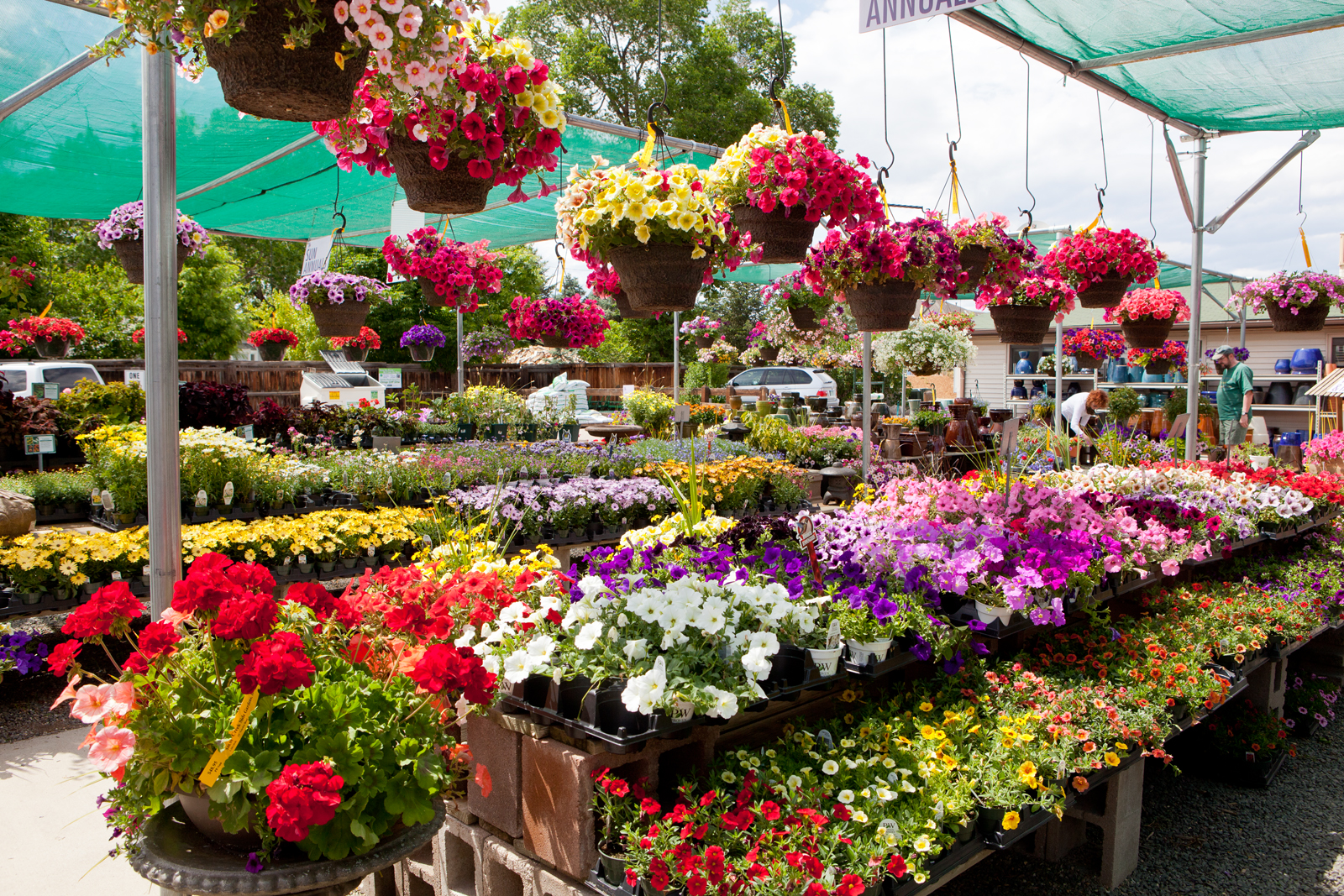Don’t you just love that the days are getting longer? We are beginning to move out of the dark, depths of winter and our days a little lighter at the beginning and end of every day. That gets us excited, it gets feeling good about our life and about our world. Why is that?
Research shows that it is hard wired into our beings. Plants and flowers, beautiful landscapes, community parks and natural environments make us feel good, improve our moods and increases our energy levels.
- Flowers Generate Happiness. Having flowers around the home and office greatly improves people’s moods and reduces the likelihood of stress-related depression. Flowers and ornamental plants increase levels of positive energy and help people feel secure and relaxed.
- Perceived Quality of Life. People associate beautifully landscaped areas with a higher quality of life. This is important in attracting businesses and sustaining growth in the community.
- Health and Recreation. Access to parks and recreational activities is positively correlated with rates of physical activity, which improves mood and contributes to overall healthiness. Health care costs are subsequently reduced.
- Mental Health. Studies have proven that people who spend more time outside in nature have better mental health and a more positive outlook on life.
These reasons and others are why we do what we do in the garden, on our patio and around our yards. Just think about it, we don’t need research to tells us these things. We feel this way naturally.
Since now is the perfect time of the year for spring planning doing something we love, let’s come up with a plan so that we can accomplish our goals smarter, not harder.
Tips for productive planning sessions:
- If you’re in a new location, it’s best to spend a year watching the landscape before planning changes. Notice the movements of sun, shade, wind, and moisture.
- Think about what will fit your lifestyle best. Is the lawn too labor intensive? Should the veggies and compost be close to the kitchen?
- Create a big vision, check with your Creek Side Green Team for help, if necessary.
- Consider building the garden around a focal point. A bench, tree, sculpture, pond, or other dynamic feature can jumpstart a design.
- Break projects into small, doable tasks. Big changes often paralyze. Making planting decisions is usually the most difficult part of gardening for newbies, and can flummox even experienced gardeners. It’s best to get started on garden planning well before the growing season. A garden journal is an invaluable gardening tool, and the winter months are a great time to start one. By keeping track of the types of vegetation, when they’re planted, how they’re fertilized, the weather, and successes and failures, gardeners become their own best teachers. It’s also worth investing in a comprehensive region-specific gardening book.
- With the help of the reference book and notes on what worked well in the past, decide what to grow this spring. Make a list of plant varieties and when they need to be planted. If the seeds should be started inside, note that date too. Sketch the shape of the garden, and assess the best place to plant each crop based on sun exposure, plant height, timing, and past experience. Make notes about recommended fertilization and care instructions for each plant. Finally, pencil in planting dates on a calendar or appointment book. This detailed blueprint will be priceless once the earth is ready for digging.

